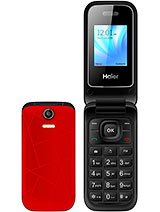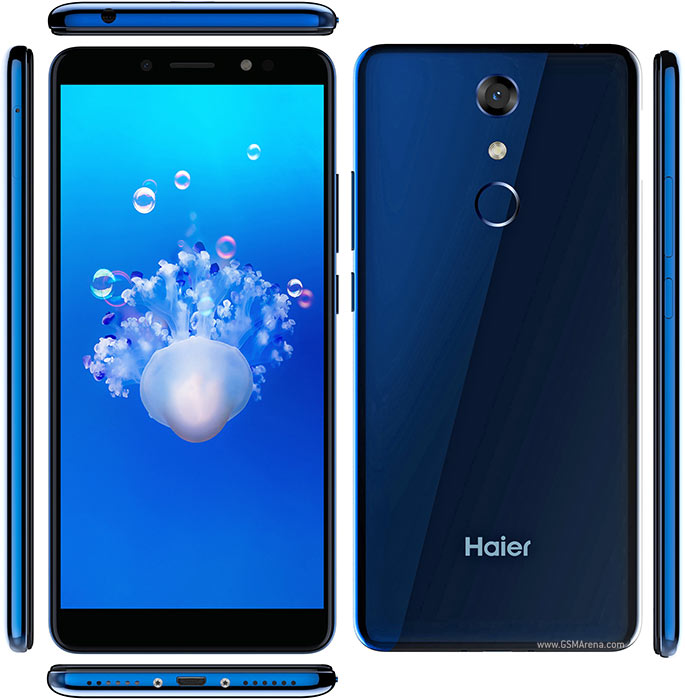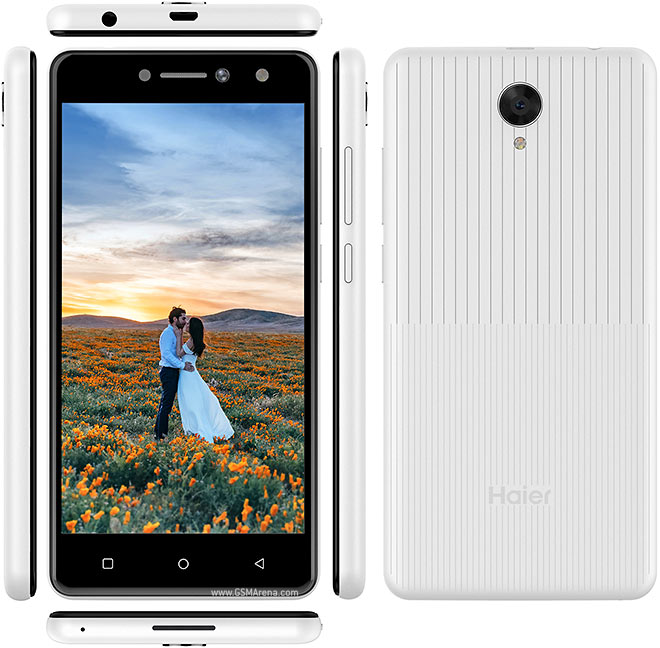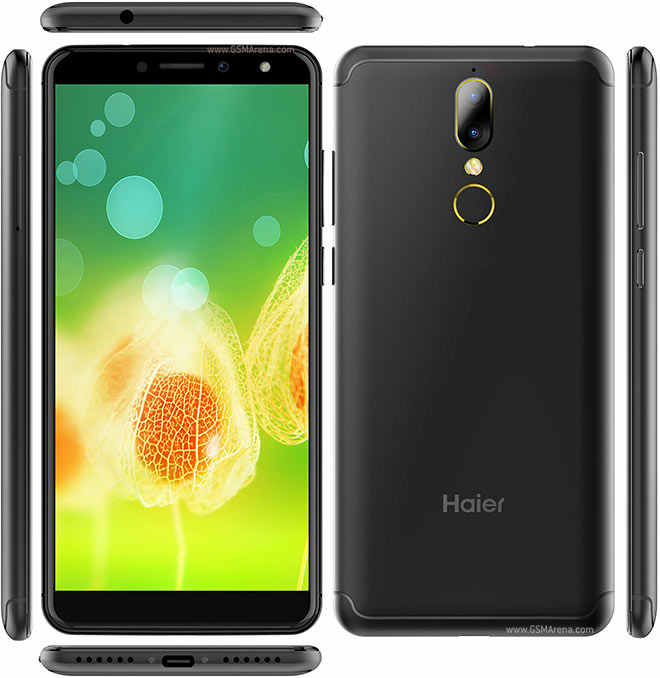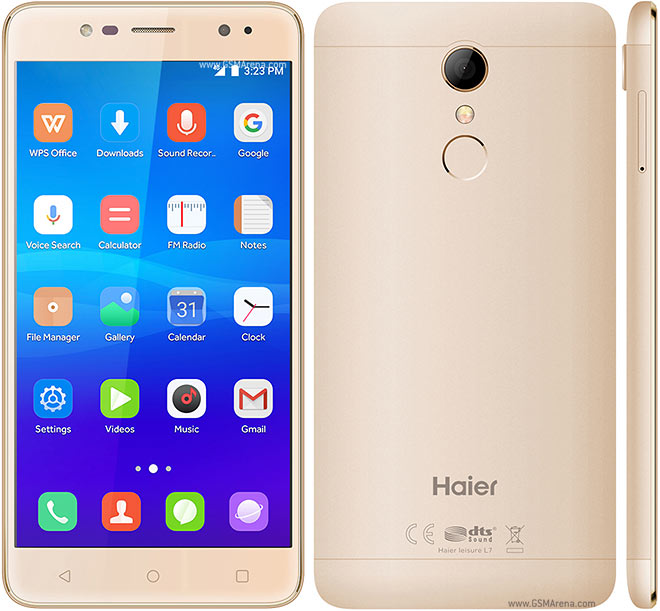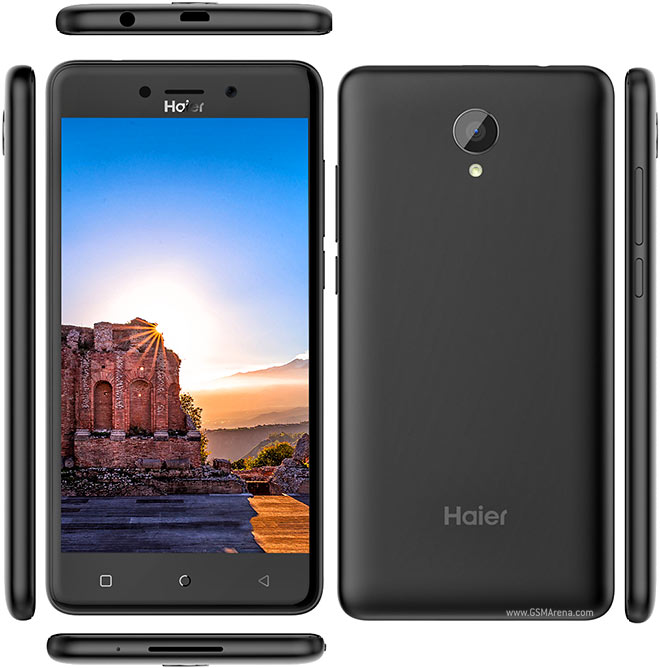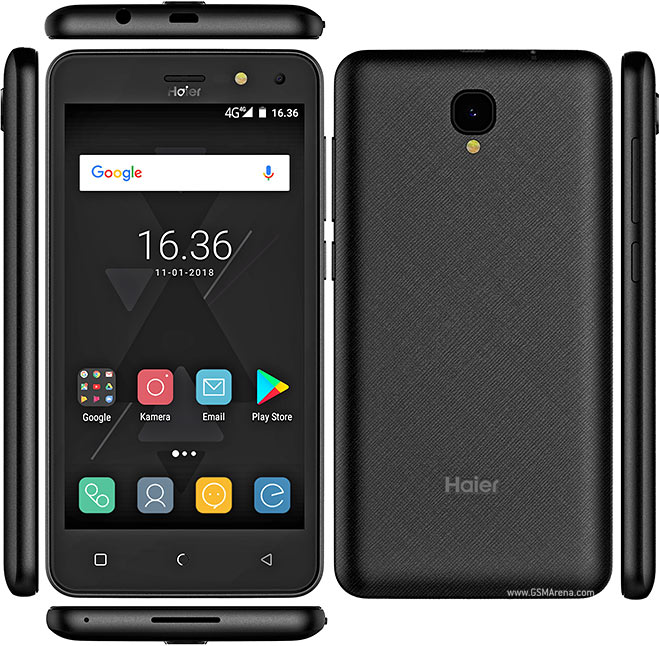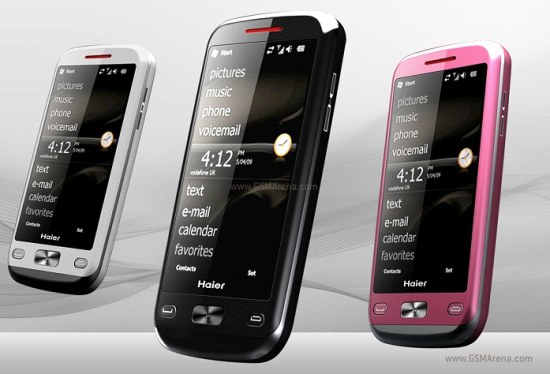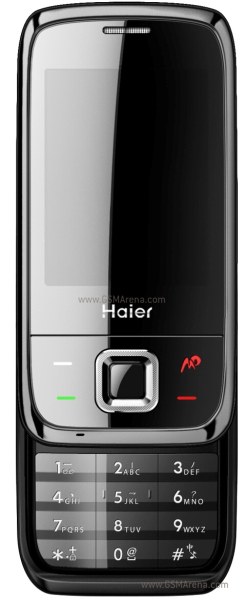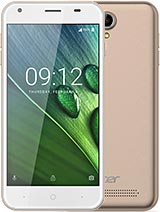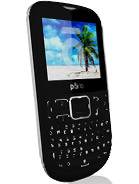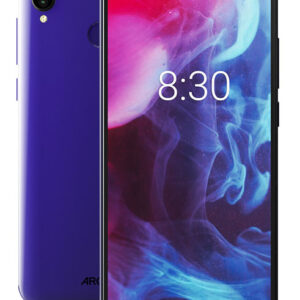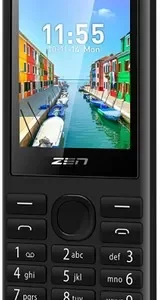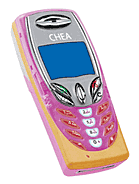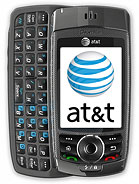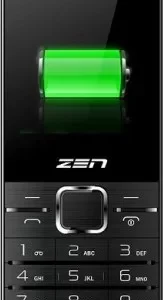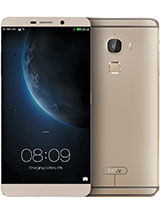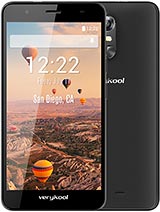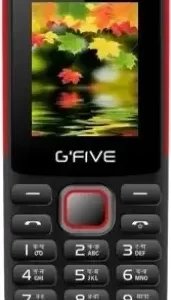Haier L1000 Overall Review
The Haier L1000, launched in Q1 2005, represents a slice of mobile history, embodying the era’s simplicity in mobile communication. This phone is equipped with a TFT display, showcasing 65K colors, a hallmark of its time, providing a clear and vibrant interface for its basic functions. With a 480 mAh battery, the L1000 focuses on delivering essential phone capabilities without the need for frequent recharging, given its modest power consumption.
The device’s design is straightforward, reflecting the period’s preference for compact and durable phones. It supports fundamental mobile functions such as SMS, MMS, and basic multimedia features, aligning with the user expectations of the mid-2000s. The absence of advanced connectivity options like WiFi or 3G underscores its focus on core telephony and simple messaging services.
Haier L1000 Pros and Cons
Pros:
- Compact and sturdy build, suitable for users looking for basic phone functionality.
- Vibrant TFT display for its time, offering a decent visual experience.
- Low power consumption, attributed to its 480 mAh battery, ensuring adequate standby and talk times.
Cons:
- Limited by the technology of its time, lacking modern features such as high-speed internet access, advanced cameras, or app-based services.
- Minimal storage capacity, restricting the number of contacts, messages, and media files that can be saved.
- Basic multimedia capabilities, reflecting the early stages of mobile entertainment options.

